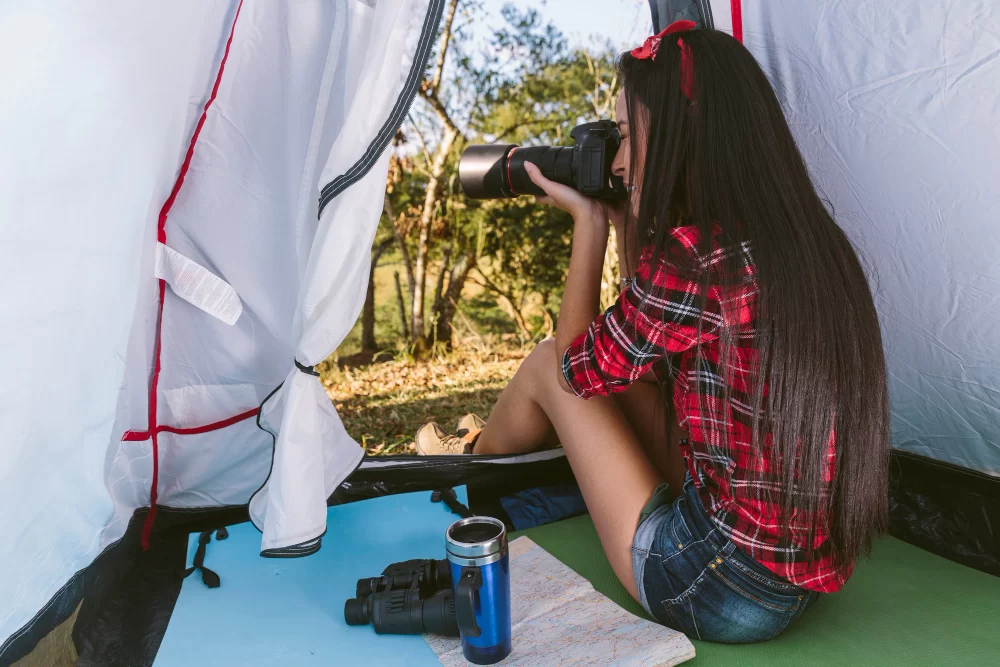Mastering Camping Photography: Essential Tips for Stunning Outdoor Shots
1. Choosing the Right Gear for Camping Photography
Successful camping photography starts with selecting the right gear. A lightweight yet powerful camera, such as a mirrorless or DSLR model, is ideal for capturing high-quality images. Wide-angle and prime lenses work well for landscapes and low-light conditions. Don’t forget a sturdy tripod for stability, especially for night photography and long exposure shots.
2. Understanding Natural Light for Perfect Shots
Lighting plays a crucial role in outdoor photography. The golden hour—shortly after sunrise and before sunset—offers soft, warm lighting perfect for capturing stunning landscapes. Avoid harsh midday light, which can create strong shadows. For nighttime shots, use a headlamp or lantern to create interesting light effects.
3. Composition Techniques for Stunning Camping Photos
Applying composition techniques can elevate your camping photos. Use the rule of thirds to balance elements in your frame. Leading lines, such as trails or rivers, can guide the viewer’s eye through the image. Foreground elements like tents, campfires, or backpacks add depth and context to your shots.
4. Capturing the Night Sky: Astrophotography Tips
Camping offers an excellent opportunity for astrophotography. To photograph the Milky Way or star trails, use a camera with manual settings. Set your ISO between 1600-3200, use a wide aperture (f/2.8 or lower), and experiment with long exposure settings (15-30 seconds). A tripod is essential for stability, and a remote shutter or timer minimizes camera shake.
5. Taking Candid Moments and Storytelling Shots
Camping is about adventure and connection, so capturing candid moments adds authenticity to your photos. Take pictures of campers setting up tents, cooking over an open fire, or enjoying a sunrise view. These images tell a compelling story and evoke emotions that resonate with viewers.
6. Protecting Your Equipment in the Outdoors
Outdoor conditions can be tough on photography gear. Use a weatherproof camera bag, carry lens wipes to clean dust or moisture, and pack silica gel packets to prevent condensation. A rain cover or waterproof case is essential for unpredictable weather conditions.
7. Final Thoughts: Capture and Share Your Adventure
Camping photography is about embracing the beauty of nature and documenting unforgettable moments. Whether you’re capturing breathtaking landscapes, vibrant campfire scenes, or star-filled skies, the right techniques and gear make all the difference. Start your adventure and create memories that last a lifetime!







